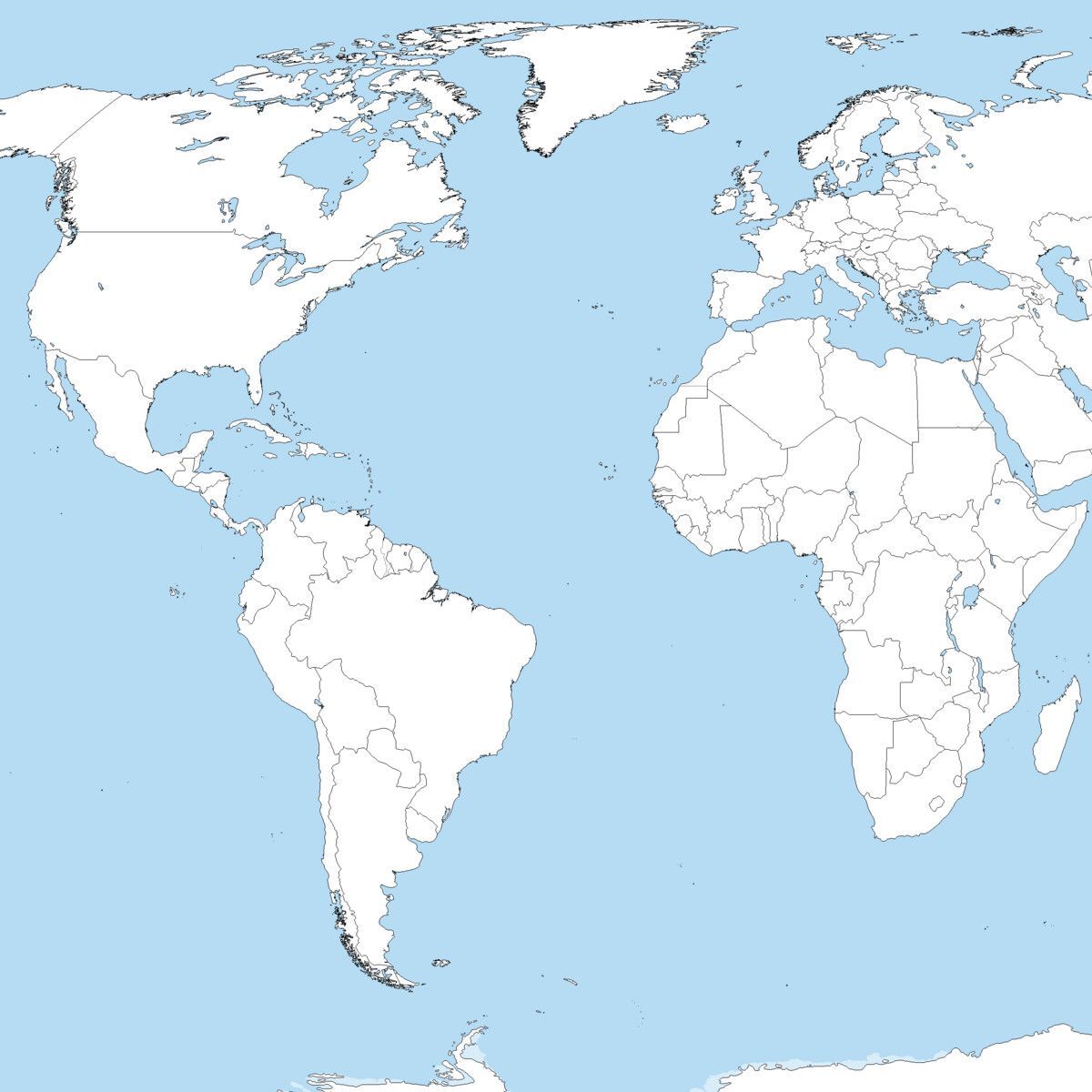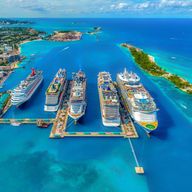

Seabourn Encore - 11/3/2026
The November 3, 2026 cruise on the Seabourn Encore departs from Yokohama (tokyo), Japan. On this 12 Night Exploration Of Japan & South Korea (Yokohama To Osaka) sailing, the ship will visit a total of 12 cruise port destinations, including its departure port. The Seabourn Encore sets sail on Tuesday, Nov 3rd and returns on Sunday, Nov 15th.
Cruise Pricing
The graph below tracks historic price of the Seabourn Encore cruise ship departing November 3, 2026. The most recent price for this sailing starts at $N/A ($N/A per night) for an Inside Cabin. Compared to the average price of $N/A ($N/A per night), this represents a recent decrease of NaN%.
Use the buttons below to toggle between cabin types.
Cruise Itinerary
Itinerary
Seabourn Encore - November 3, 2026 - 12 Nights
| Day | Date | Port |
|---|---|---|
| 1 | Nov 3rd | Yokohama (tokyo), Japan |
| 2 | Nov 4th | Shimizu, Japan |
| 3 | Nov 5th | Toba, Japan |
| 4 | Nov 6th | At Sea |
| 5 | Nov 7th | Kochi, Japan |
| 6 | Nov 8th | Beppu, Japan |
| 7 | Nov 3rd | Cruise Kanmon Straits, Japan |
| 7 | Nov 9th | Hiroshima, Japan |
| 8 | Nov 10th | Fukuoka, Japan |
| 9 | Nov 11th | Busan (Pusan), South Korea |
| 10 | Nov 12th | Nagasaki, Japan |
| 11 | Nov 13th | Kagoshima, Japan |
| 12 | Nov 14th | At Sea |
| 13 | Nov 15th | Osaka, Japan |
The Seabourn Encore sails on November 3, 2026 for a 12 Night Exploration Of Japan & South Korea (Yokohama To Osaka). The ship will depart the port of Yokohama (tokyo), Japan at 4:00 PM and will return to the port of Osaka, Japan on Nov 15th at 6:00 AM. During the 14-day journey, the Seabourn Encore will visit 11 additional ports and will spend 2 days at sea.
Itinerary Safety Score
Based on my comprehensive research of cruise port safety information, including recent crime reports, travel advisories, Global Peace Index rankings, and specific port security concerns, we've created a "safety score" for each cruise port stop. The overall rating below represents a combined score for your specific cruise itinerary.
Cruise Ship

Seabourn Encore
Seabourn Cruise Line
The Seabourn Encore was built in 2016 and is among Seabourn's 5 ships in its fleet. The Seabourn Encore is included in the cruise line's Encore class. In the cruise ship stats below, you'll find the Seabourn Encore vs all other Seabourn ships.
Cruise Ports
Yokohama (Tokyo), Japan, offers docking at Yokohama Port with excursions to Tokyo. Travelers explore Senso-ji Temple and Shibuya Crossing. Excursions visit Kamakura’s Great Buddha. Local markets sell yakitori. The peak season, April to October, brings mild weather for city tours. Photography captures neon streets and Tokyo Bay vistas. Dining onboard includes sushi, a Japanese favorite. Souvenirs, like ukiyo-e prints, are sold in ship shops. Briefings cover Edo history. Light clothing and sun protection suit the temperate climate, while comfortable shoes enhance city walks. Yokohama’s urban gateway offers a vibrant Japanese stop. Cruise travelers enjoy a mix of historic temples and modern cityscapes, making Yokohama an engaging destination.
Shimizu, Japan, offers docking at Shimizu Port. Travelers explore Mount Fuji viewpoints and Nihondaira’s tea gardens. Excursions visit Shizuoka’s Toro Ruins. Local markets sell wasabi. The peak season, April to October, brings mild weather for coastal tours. Photography captures Fuji’s slopes and Suruga Bay vistas. Dining onboard includes unagi, a Japanese favorite. Souvenirs, like tea crafts, are sold in ship shops. Briefings cover Shizuoka history. Light clothing and sun protection suit the temperate climate, while comfortable shoes enhance garden walks. Shimizu’s scenic charm offers a vibrant Japanese stop. Cruise travelers enjoy a mix of natural beauty and cultural heritage, making Shimizu an engaging destination for exploring Japan’s Fuji region.
Toba, Japan, offers docking at Toba Port. Travelers explore Mikimoto Pearl Island and Toba Aquarium. Excursions visit Ise Jingu Shrine. Local markets sell ama diver pearls. The peak season, April to October, brings mild weather for coastal tours. Photography captures pearl farms and Pacific vistas. Dining onboard includes kaisendon, a Japanese favorite. Souvenirs, like pearl crafts, are sold in ship shops. Briefings cover Mie history. Light clothing and sun protection suit the temperate climate, while comfortable shoes enhance shrine walks. Toba’s maritime charm offers a vibrant Japanese stop. Cruise travelers enjoy a mix of pearl heritage and scenic coasts, making Toba an engaging destination for exploration.
Take advantage of the many on board activites during your day at sea. You'll have more than enough to fill your day!
Kochi, Japan, has docking at Kochi Port. Travelers explore Kochi Castle’s samurai history. Excursions visit Katsurahama Beach and Ryugado Cave. Local markets sell bonito flakes. The peak season, March to May, brings mild weather. Photography captures castle views and Pacific shores. Dining onboard includes katsuo tataki, a local seared tuna. Souvenirs, like yosakoi crafts, are sold in ship shops. Briefings cover Shikoku’s history. Light layers suit the temperate climate. Comfortable shoes enhance castle tours. Kochi’s coastal heritage offers a serene Japanese stop, blending samurai history with scenic beauty.
Beppu, Japan, docks at Beppu Port, 3 kilometers from downtown, with shuttles for 10-minute rides. The city, population 120,000, features the Hells of Beppu, geothermal hot springs for viewing. Travelers relax at Kannawa Onsen, 15 minutes east. Excursions to Mount Tsurumi, 20 minutes north, offer cable car rides. Local markets sell yuzu products. Peak season April to October; taxis 800-1200 JPY. Dining includes toriten (chicken tempura) at onsen cafes. Souvenirs feature bamboo crafts.
Kanmon Straits, Japan, no docking; ships transit the narrow strait. Travelers spot fishing boats. Lectures cover WWII history. No facilities; provisions from ship. Peak season April to October; tides affect. Photography captures Shimonoseki bridges. Dining onboard includes fugu. Souvenirs, like strait postcards, in ship shops. Briefings on navigation. The straits connect Honshu and Kyushu efficiently.
Hiroshima, Japan, has docking at Hiroshima Port. Travelers explore Peace Memorial Park and Atomic Bomb Dome. Excursions visit Miyajima’s floating Itsukushima Shrine. Local markets sell okonomiyaki. The peak season, March to May, brings cherry blossoms. Photography captures historic sites and island shrines. Dining onboard includes Hiroshima-style okonomiyaki. Souvenirs, like peace cranes, are sold in ship shops. Briefings cover WWII history. Light layers suit the temperate climate. Comfortable shoes enhance park walks. Hiroshima’s poignant history offers a profound Japanese stop, blending peace advocacy with cultural heritage.
Fukuoka, Japan, offers docking at Hakata Port. Travelers explore Dazaifu Tenmangu Shrine’s historic gardens. Excursions visit Canal City’s vibrant shopping complex. Local markets sell hakata ramen. The peak season, March to May, brings cherry blossoms and mild weather. Photography captures shrine architecture and modern cityscapes. Dining onboard includes tonkotsu ramen, a local specialty. Souvenirs, like furoshiki cloths, are available in ship shops. Briefings cover Kyushu’s history. Light layers suit the temperate climate. Comfortable shoes enhance shrine visits. Fukuoka’s blend of ancient shrines and modern vibrancy provides a dynamic Japanese stop, immersing travelers in its rich cultural heritage and lively urban energy.
Busan, South Korea, in the southeast, sits on the Korea Strait, facing the Sea of Japan. The port is near Jagalchi Fish Market, where fresh seafood is sold daily. Haeundae Beach offers urban waterfront access, while Beomeosa Temple, in the forested hills, provides cultural history. The Gamcheon Culture Village, with colorful houses, draws visitors for its art and narrow alleys. Busan’s port history as a trading hub is evident in its maritime museum. The nearby Nakdong River Estuary is a birdwatching site, and the city’s coastal cliffs offer walking trails with ocean views.
Nagasaki, Japan, offers docking at Nagasaki Port. Travelers explore the Peace Park and Atomic Bomb Museum. Excursions visit Glover Garden’s colonial mansions. Local markets sell champon noodles. The peak season, March to May, brings cherry blossoms and mild weather. Photography captures historic sites and Dejima Island views. Dining onboard includes sara udon, a Nagasaki dish. Souvenirs, like castella cakes, are sold in ship shops. Briefings cover Nagasaki’s WWII history. Light layers suit the temperate climate, while comfortable shoes enhance park walks. Nagasaki’s blend of history and resilience offers a poignant Japanese stop. Cruise travelers enjoy a mix of somber memorials, colonial heritage, and scenic harbors, making Nagasaki an engaging destination for exploring Japan’s cultural and historical depth on Kyushu Island.
Kagoshima, Japan, has docking at Kagoshima Port. Travelers explore Sakurajima volcano’s active trails. Excursions visit Sengan-en Garden’s historic grounds. Local markets sell shochu. The peak season, March to May, brings cherry blossoms. Photography captures volcanic landscapes and coastal vistas. Dining onboard includes kurobuta pork, a Kagoshima specialty. Souvenirs, like ceramic crafts, are sold in ship shops. Briefings cover Kyushu’s history. Light layers suit the temperate climate. Sturdy shoes enhance volcano hikes. Kagoshima’s volcanic beauty offers a dynamic Japanese stop, blending nature with cultural heritage.
Take advantage of the many on board activites during your day at sea. You'll have more than enough to fill your day!
Osaka, Japan, provides docking at Osaka Port. Travelers explore Osaka Castle and Dotonbori’s vibrant food scene. Excursions visit Kyoto’s Kinkaku-ji Temple. Local markets sell takoyaki. The peak season, March to May, brings cherry blossoms and mild weather. Photography captures samurai castles and neon-lit canals. Dining onboard includes okonomiyaki, an Osaka favorite. Souvenirs, like tenugui cloths, are sold in ship shops. Briefings cover Kansai history. Light layers suit the temperate climate, while comfortable shoes enhance city walks. Osaka’s dynamic urban culture offers a vibrant Japanese stop. Cruise travelers enjoy a mix of historic landmarks, culinary delights, and modern energy, making Osaka an engaging destination for exploring Japan’s Kansai region and cultural heritage.